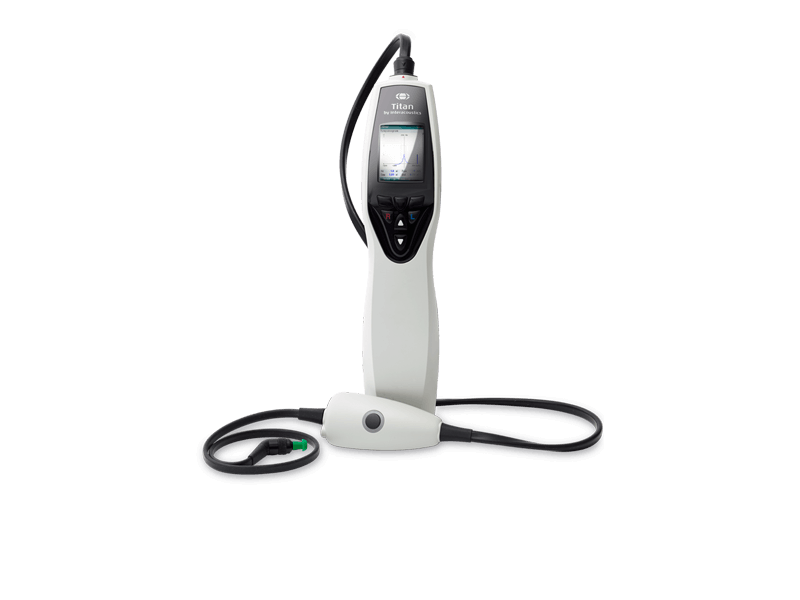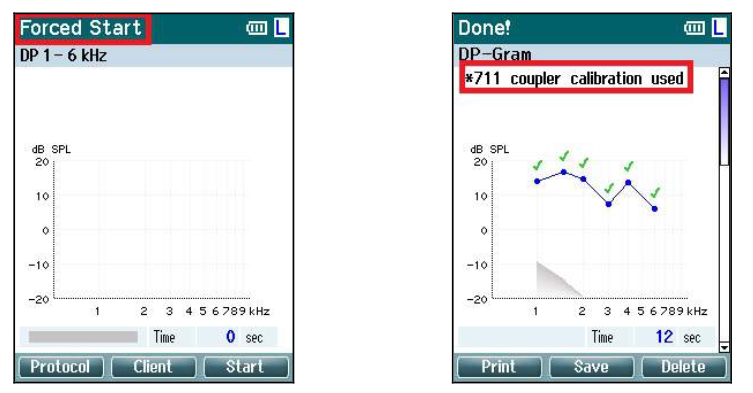
Titan Support
Available Training
-
The Variety of Decibel
-
Creating an ABRIS Test Protocol
-
Creating a TEOAE Pass/Refer Test Protocol
-
Creating a DPOAE Pass/Refer Test Protocol
-
TEOAE Probe Test
-
How to Identify a Blocked Probe Fit
-
How to Identify a Loose Probe Fit
-
How to Identify Fluid in the Middle Ear
-
How to Identify Negative Middle Ear Pressure
-
How to Identify an Ossicular Discontinuity
-
How to Identify Otosclerosis
-
How to Identify a Perforated Eardrum
-
How to Clean the Probe Tip
-
Acoustic Reflex Testing
-
Daily System Check
-
Wideband Tympanometry Research License
-
How to Change the Probe Tip
-
How to Measure eSRT
-
How to perform TEOAE on the Titan using a PC
-
Nape Electrode Montage
-
Pressurized DPOAE
-
Pressurized TEOAE
-
Selecting the Correct Ear Tip
-
Electrode Tips & Tricks
-
How to perform ABRIS on the Titan without using a PC
-
Best Practices for OAE Testing
-
Mastoid Electrode Montage
-
How to perform TEOAE on the Titan without using a PC
-
How to perform DPOAE on the Titan using a PC
-
How to perform DPOAE on the Titan without using a PC
-
Using the Titan ABRIS module
-
How to clean the Titan probe tube
-
How to print without a database
OAE Testing with PE Tubes
This quick guide describes the procedure when wishing to perform an OAE test on a patient with PE-tubes.
When performing an OAE test the in-ear detection ensures that that the probe is properly inserted in the ear, as well as calculates the correct stimuli level for the testing.
I the patient has PE-tubes inserted, the Titan will in many cases indicate out-of-ear, because of the hole in the eardrum. In this case, follow the procedure as described below.
Prepare the instrument
- Turn on Titan by pressing the R or L button.
- Select the desired OAE test protocol from the dropdown list.
- Select the ear for testing.
Test environment
The ideal test environment is a quiet room. High ambient background noise adversely affects OAE measurements.
Prepare the patient
The patient should be sleeping or in quiet relaxed state. Talking, swallowing, blinking, crying or movement may affect testing.
Place transducer
Place the probe in the ear – the light will turn green when a good seal is obtained.
Run test
When the probe check indicates out-of-ear, hold down the start button for 5 seconds. Now, the screen on the Titan will indicate ‘Forced Start’. When the button is released, the test will start and the text ‘*711 coupler calibration used’ is stated at the top of the graph.

Picture 1: After holding down the ‘Start’ for 5 seconds, ‘Forced start’ appears in top of the screen.
Picture 2: A measurement performed using forced start, will be indicated by the text ‘*711 coupler calibration used’, also in the saved session.
